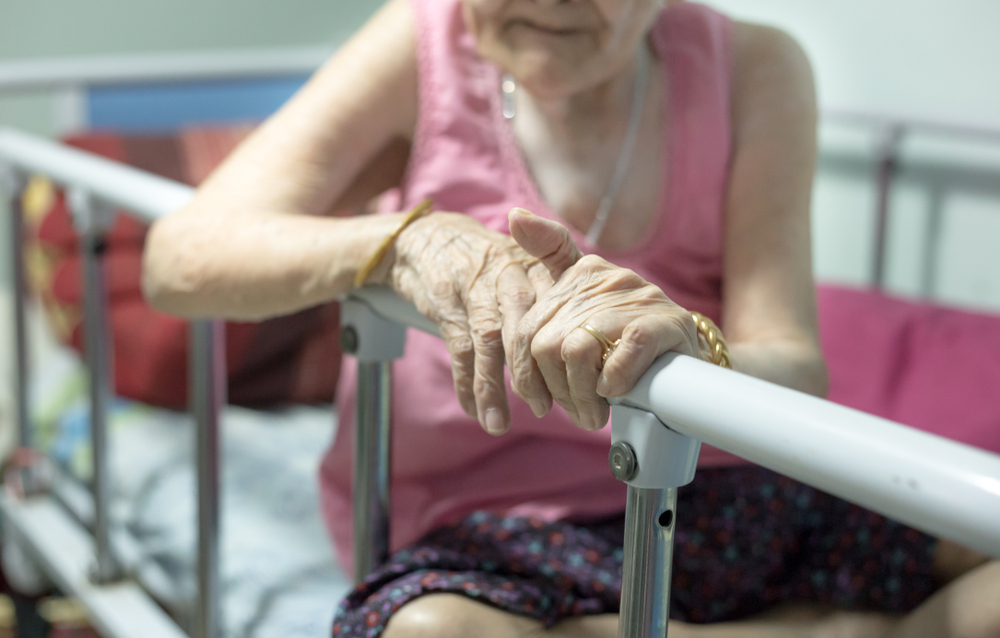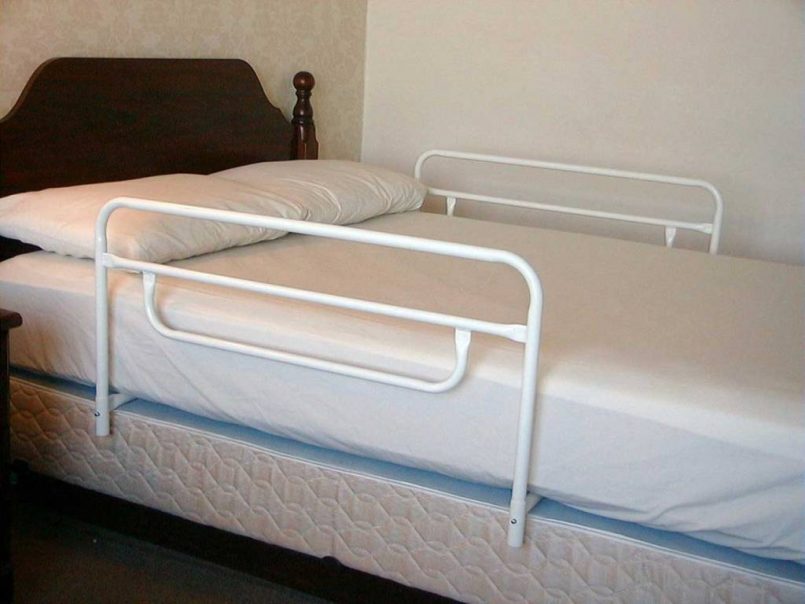


Failure to consider the following accommodations may also constitute neglect: There are many other ways for competent nursing homes to meet the challenges of resident safety besides bed rails. People with physical limitations and general frailty.

Those who suffer spasticity and other forms of uncontrolled muscle movement.Those with the following conditions should be given special consideration in the matter of bed rail use: Nursing homes that can’t distinguish between these two populations may be guilty of neglect or abuse. For a minority of residents, bed rails can be restrictive and dangerous. These are not the residents we’re addressing in this article. Many patients feel more secure with them in place. The majority of nursing home residents have no trouble navigating bed rails.
#MEDICAL BED RAILS FOR ADULTS PORTABLE#
Consumer Product Safety Commission found an estimated 39,600 adult portable bed rail injuries were treated in hospital emergency departments from 2003 to 2013. Statistically, people who find themselves in this situation are more likely to die than not.Īccording to the FDA, 803 instances of nursing facility bed rail entanglement occurred between 19, with 480 deaths and 138 injuries resulting. Such entrapment may lead to asphyxiation. Residents can fall by trying to crawl over bed rails, or become trapped between the rails and the bed. This often occurs in residents who are too weak or confused to navigate bed rails correctly.


 0 kommentar(er)
0 kommentar(er)
